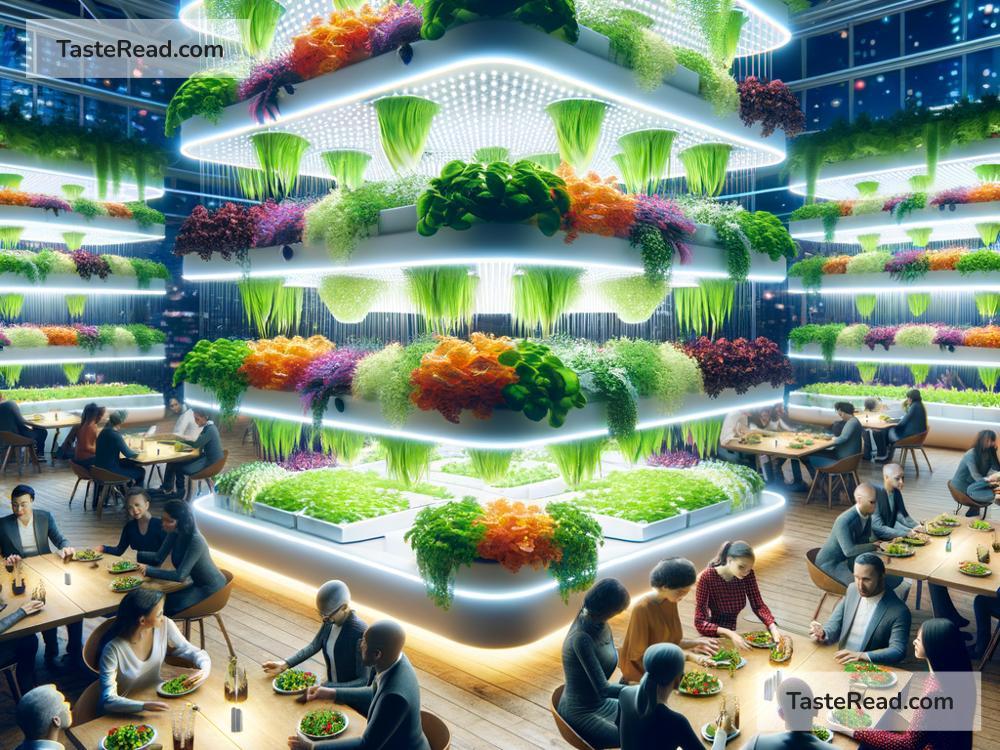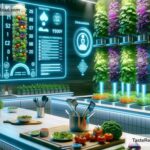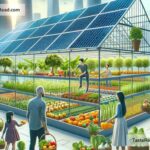The Future of Food and Social Innovation
The way we grow, produce, and share food is changing fast. As the world grows and develops, new ideas are shaping the future of what we eat and how food serves communities. From technology to social movements, there’s a lot of hope for creating a food system that is sustainable, healthy, and fair for everyone.
Let’s explore what the future of food looks like and how social innovation can help solve some of the biggest challenges in feeding the world.
Why Food Needs to Change
Our current food system has big problems. Millions of people don’t have enough to eat, even though we grow enough food to feed everyone. At the same time, a significant amount of food is wasted every year—from farms to grocery stores to households.
Climate change also affects how food is grown. Droughts, floods, and extreme weather make farming harder and can lead to crop failures. Some traditional farming methods harm the environment by using too much energy, water, or harmful chemicals.
On top of that, there’s growing concern about health. Processed and sugary foods have become a major part of our diets, leading to problems like obesity and diabetes. It’s clear that something needs to change to create a healthier, more sustainable food system.
How Technology is Changing Food
Technology is playing a big role in shaping the future of food. Here are some exciting innovations that could change everything:
-
Vertical Farming: Imagine farms stacked in tall buildings instead of fields. Vertical farming uses less space and water, and it can grow fresh fruits and vegetables in cities where farmland is limited.
-
Lab-Grown Meat: Scientists are creating meat without animals. Lab-grown meat is made from animal cells, but no animals need to be raised or slaughtered. This can reduce harm to animals and help the environment by using fewer resources.
-
Plant-Based Foods: More companies are creating alternatives to meat and dairy, like veggie burgers or oat milk. These are not only healthier for people, but they also take less energy and water to produce.
-
Smart Farming Tools: Drones, robots, and sensors are helping farmers work more efficiently. These tools can track soil health, monitor crops, and even pick fruits and vegetables automatically.
-
Food Waste Apps: Apps are connecting people and businesses to make sure food doesn’t go to waste. Restaurants can sell leftover meals for cheap, and grocery stores can donate food to charities before it expires.
Social Innovation: Food That Brings People Together
Food isn’t just about eating—it’s part of community and culture. Social innovation is all about using creativity and collaboration to solve problems. When it comes to food, social innovation is helping communities in amazing ways.
-
Community Gardens: Shared gardens in cities allow people to grow their own food, build connections, and learn about sustainable farming. These spaces often bring neighborhoods together in ways that strengthen bonds.
-
Cooking Workshops: Programs that teach cooking skills are helping people eat healthier and save money. They also provide people with tools to celebrate their cultural cuisines and share recipes with friends and family.
-
Food Banks with a Twist: Some food banks don’t just give away food—they also help people learn about nutrition, budgeting, and cooking. The idea is to empower communities to become self-reliant and reduce hunger over time.
-
Socially Conscious Restaurants: Many restaurants now focus on giving back to their communities. They hire workers who need job training, donate meals to the homeless, or source ingredients from sustainable farms.
-
Fair Food Systems: Farmers’ markets and co-ops are working to make sure local farmers get paid fairly while keeping food affordable for everyone. Some systems allow people to pay what they can afford, so no one is left out.
Challenges Ahead
While there’s a lot of exciting innovation in food, there will also be challenges to overcome.
-
Access and Equity: Not everyone has access to healthy food or technology. Innovation needs to reach rural, poor, and marginalized communities—not just wealthy cities.
-
Education: People need to understand the future of food and how to make smart choices. Education is key, especially for kids, so the next generation knows how to take care of the planet and their health.
-
Policy Changes: Governments need to support food innovation by creating laws that encourage sustainable farming, fair trade, and access to affordable healthy food. Without these policies, it will be hard to make big improvements.
A Bright Future Ahead
The future of food isn’t just about what’s on our plates. It’s about creating a system that cares for people, the planet, and the communities we live in. Technology and social innovation are opening the door to new possibilities, but it will take teamwork to make these ideas a reality.
We all play a part in shaping this future. Whether it’s growing a small garden, supporting local farmers, or making efforts to waste less food, every small action helps. By coming together, we can build a food system that is healthier, fairer, and more sustainable for everyone.
The road ahead may be challenging, but the possibilities are inspiring. With creative solutions and a focus on community, the future of food looks brighter than ever.


